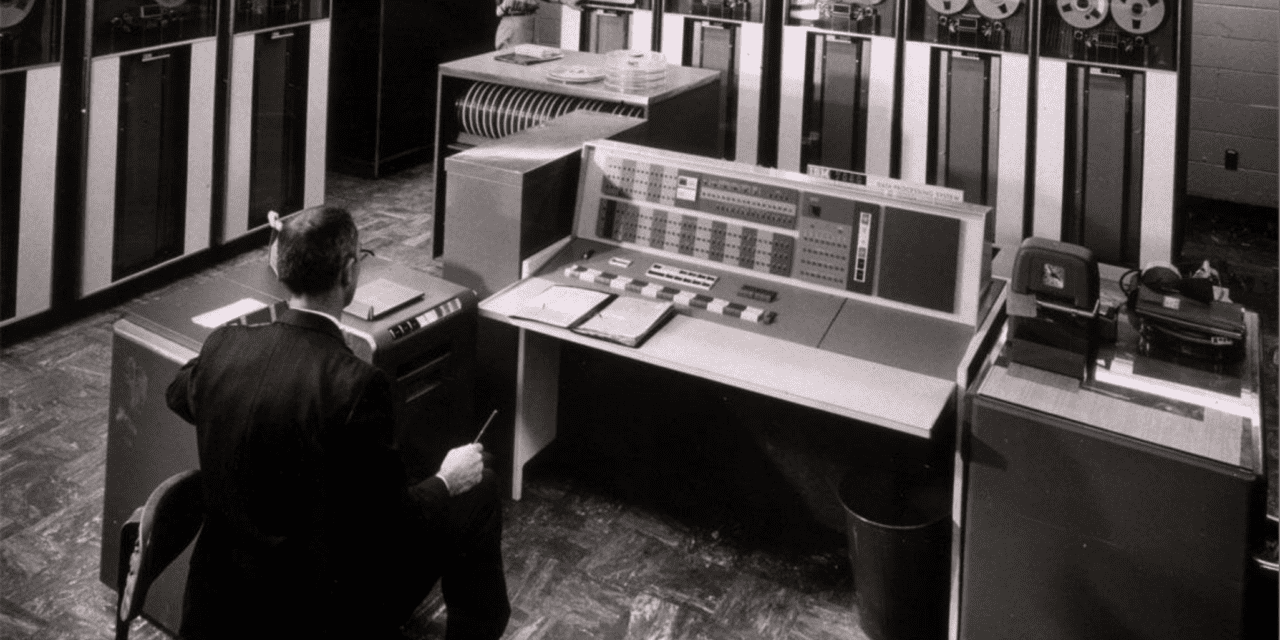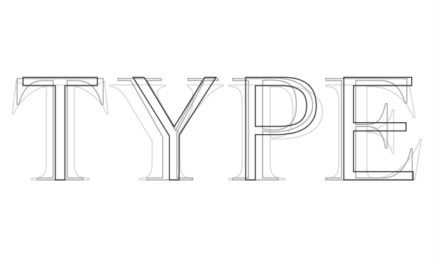ARTICLE SUMMARY: Every so often it’s good to look back and see how things were so you can appreciate what you have now.
Computer art is no different. Think about it, the people involved from the beginning in the 50s and 60s are retired and no longer talking to the younger generation on how tough they had it back in the day and how you young whippersnappers have it made with all the advances in computers and the programs that didn’t exist back then.
The younger generation will never know the thought processes that led to the innovations of that day from the horses mouth.
“EARLY COMPUTER ART IN THE 50’S & 60’S” by Amy Goodchild looks at the early days of computer art and the influences that actually started the proverbial ball rolling in this area. Amy explores
- The First Electronic Art
- The Cutting Technology Of The Day
- The Pseudorandom Sixties
Who would ever know about Ben Laposky and his “electrical compositions” using cathode ray oscilloscope and using long exposure photography if not for this article.
Think about it, how many computer artist today can imagine feeding instructions into machines on punch cards and then waiting hours or days for the results to be drawn by mechanical plotters, or using complex techniques involving things like magnetic tape, cathode ray tubes and microfilm to produce their masterpiece.
Like all history, first hand knowledge of these innovations is being lost to the passage of time, but an article like this helps us remember. You never know, while looking back it may inspire the next big innovation in design.
Let us know what you think in the comments.




